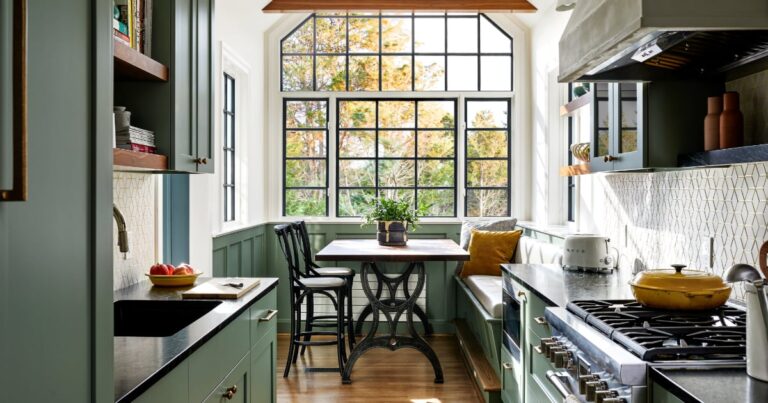We'll admit it: We were a little skeptical about the green kitchen trend, even though the shade seems to be everywhere now. (After all, just two years ago, navy blue was all the rage.) Did it make sense to splurge on green cabinets when neutrals have remained so popular for so long? Will today's green kitchens eventually look as outdated as the avocado green of the '70s?
“Green is a timeless, versatile color when chosen thoughtfully,” says Michael Winn, CEO and founder of Winn Design + Build in McLean. The key is to be selective—by choosing a classic cabinet style, for example—and, he adds, green these days is “more muted and natural.”
Green has actually been used in kitchens and dining spaces for centuries. “Historic buildings like Mount Vernon and the Governor's Mansion in Williamsburg feature lush dining rooms that blend beautifully into modern kitchens,” says Laura Hildebrand, founder of Interiors by LH in Vienna. “Even Julia Child painted her cabinets teal to create a timeless kitchen.”
Colors found in nature—think trees, plants, and produce—tend to have great staying power: “When I'm choosing shades of green for my kitchen, I often choose colors found in nature,” says Hildebrandt, not just because they're calming, but because “we're instinctively drawn to colors found in our environment.”
Maedeh Ziaei Moayyed, senior designer at TriVistaUSA in Arlington, says green isn't the only color to draw from nature in kitchens. She predicts we'll see more of warm terra cotta, sandy beige and creamy white. “These create a calming, organic feel in the kitchen,” she says. “This coincides with the growing interest in sustainability and health-conscious design.”
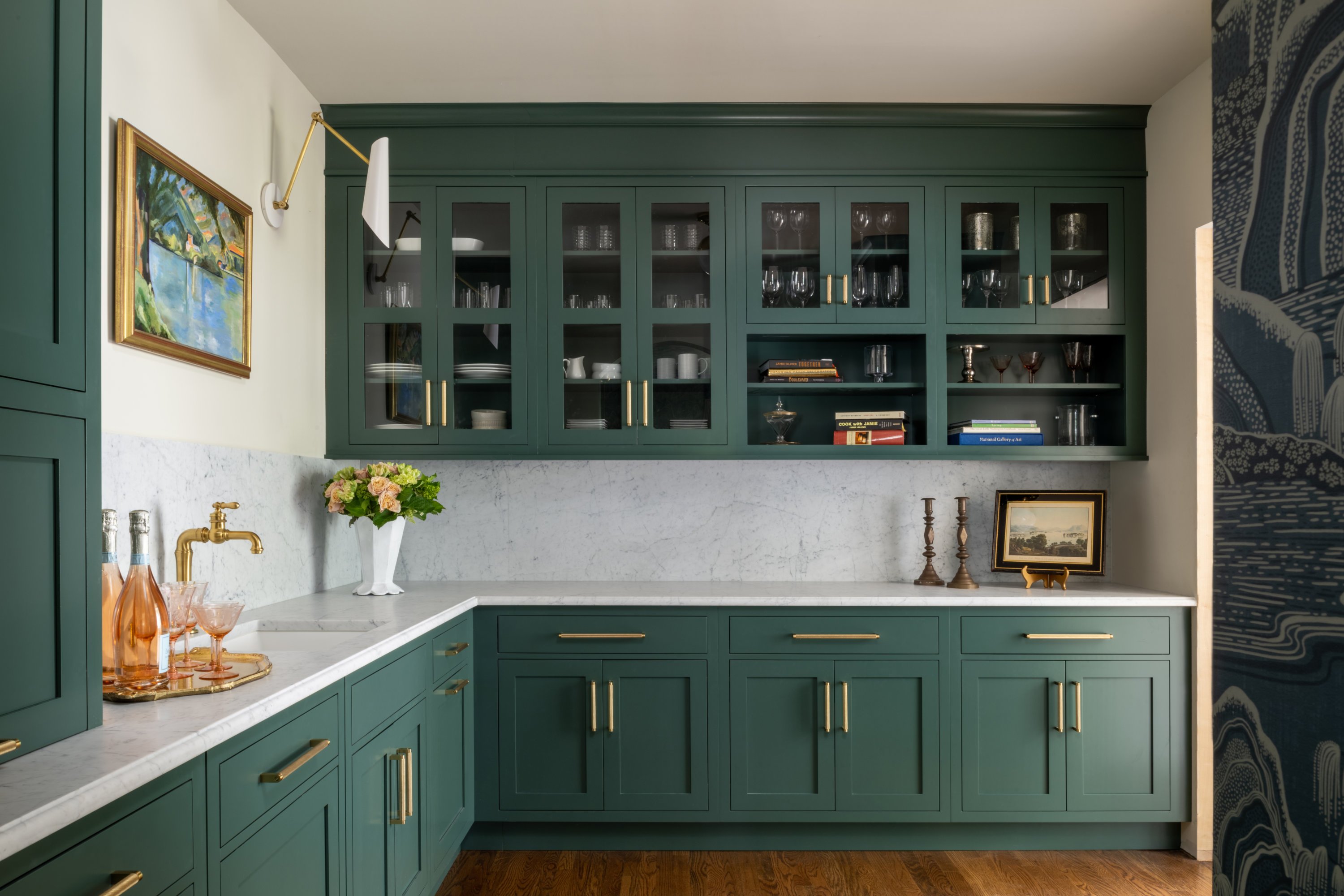

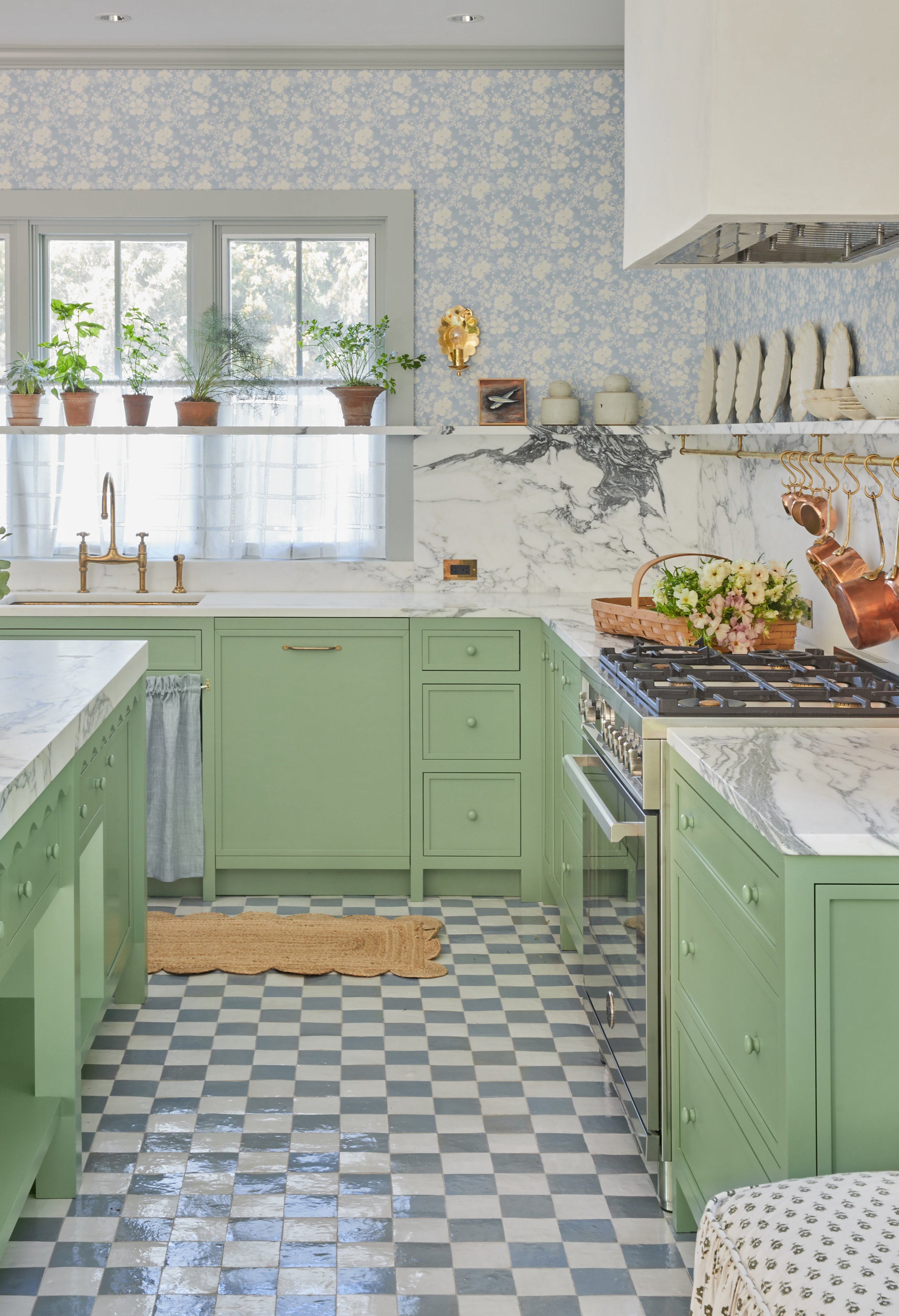

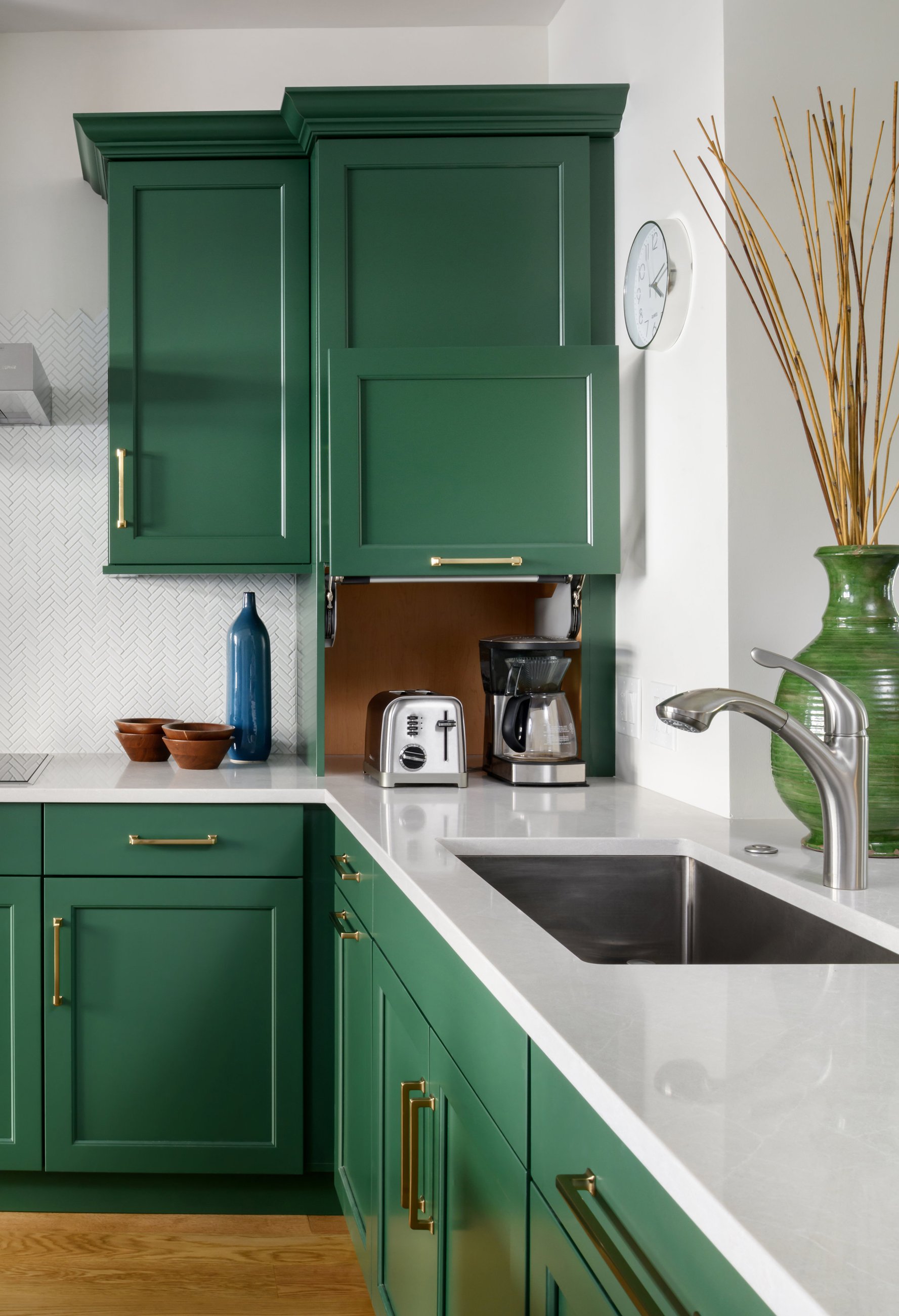

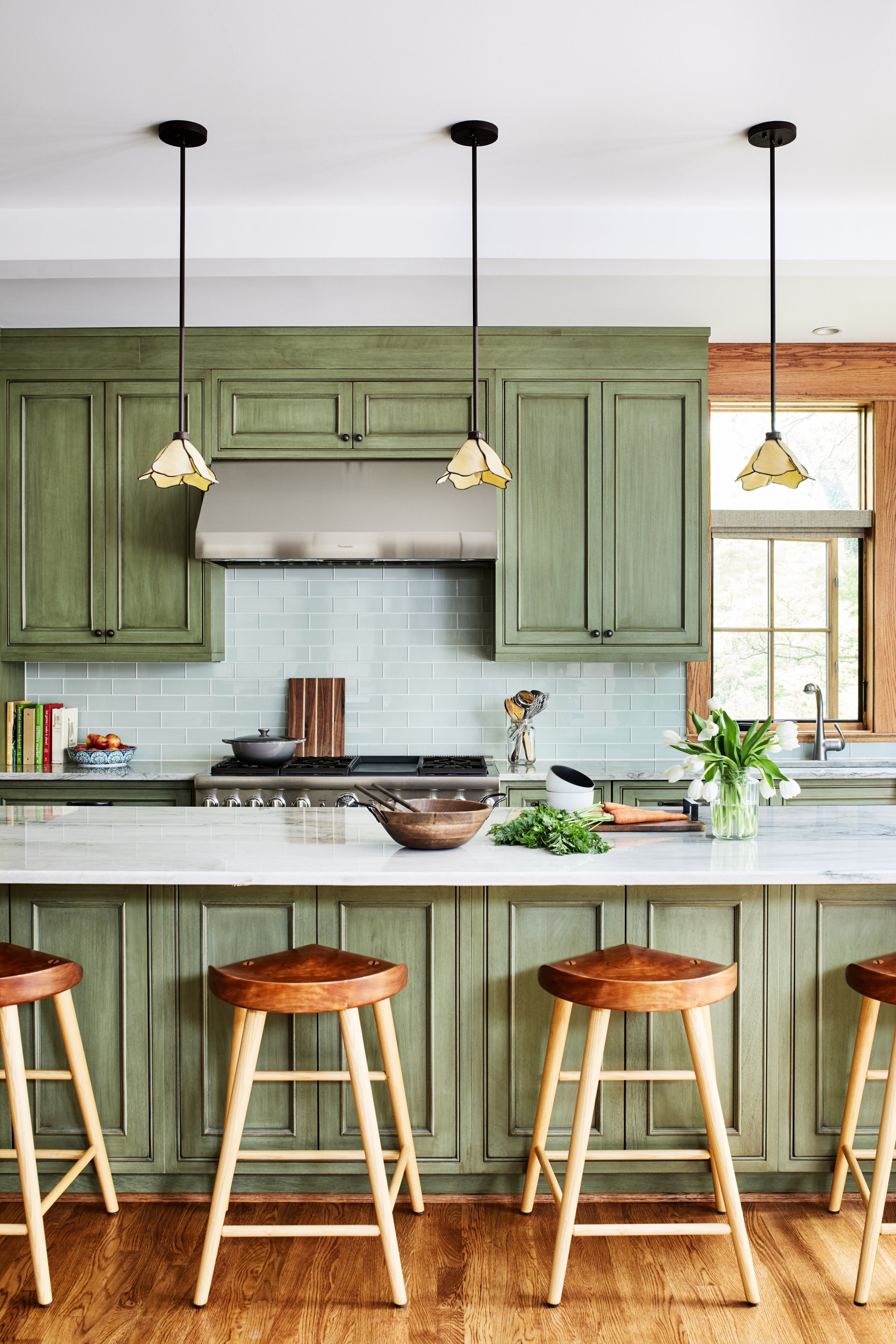

How to live an eco-friendly life: 5 tips
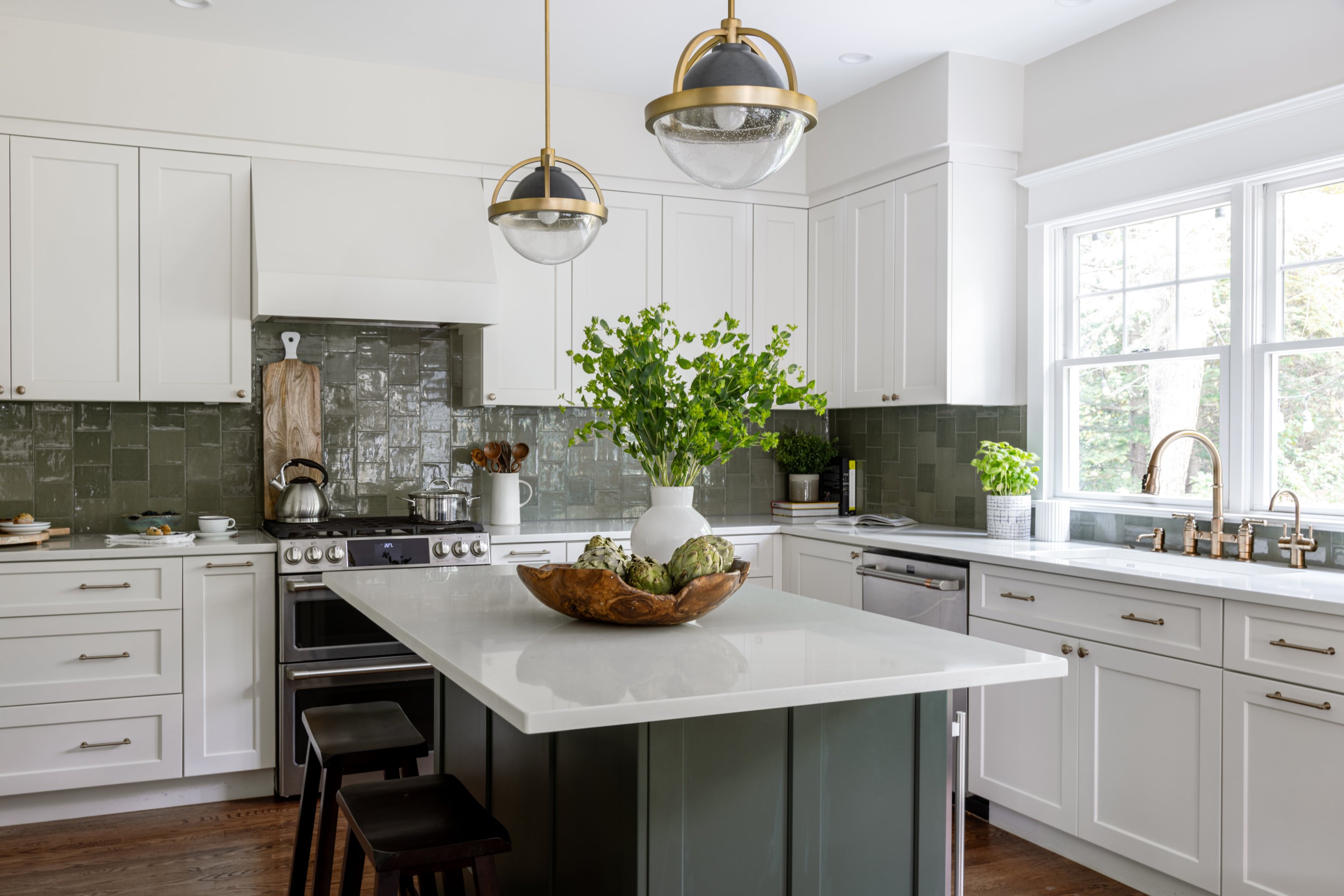

1. Choose classic styles and natural materials to ensure your green cabinets last.
One problem with avocado is that it was often paired with unattractive materials, like Formica countertops and linoleum floors. “The cheesy, gaudy feel of avocado in the '70s comes from the materials that were used at the time,” says Zoë Feldman of Zoë Feldman Design in Washington, DC. “It was also used poorly: Kitchens had cabinets, appliances, floors, and backsplashes all the same color.” So it's not necessarily a bad shade; after all, avocado does exist in nature. “Recent trends are moving away from white kitchens, so avocado green may make a comeback,” says Moayyed.
2. The size of your kitchen and the amount of light it receives will determine what colors will look best.
“In a small kitchen, a soft, light green can make the space feel more open,” says Wynn, “while a darker green works well in a larger space, evoking a cozy, sophisticated feel.” Darker greens can work in a small kitchen, but be sure to balance them with lighter elements, possibly reflective finishes and strategic lighting, to avoid the space feeling cramped or too dark. Of course, your color choice will also be influenced by how much natural light your kitchen gets, as sunlight changes how colors appear.
3. Colour choices will also depend on whether your home is traditional or contemporary.
“In a contemporary kitchen, emerald or forest greens enhance the modern feel,” says Mary Gordon, vice president of InSite Builders & Remodeling in Bethesda. “For a charming cottage or farmhouse style, a soft green like sage will add a unifying touch.”
4. Be careful about the finish you choose.
Matte finishes are modern and understated, satin finishes are subtle (and easy to wipe clean), and glossy finishes reflect light to make a space appear larger, says Gordon.
5. Once you've settled on the green color, focus on that shade when designing the rest of your kitchen.
Wynn says neutrals work well with any color scheme, especially when paired with green cabinetry. “Neutrals like beige, taupe and gray mimic colors found in nature, creating a unique synergy as these elements coexist harmoniously,” Wynn says.
But which neutrals should you choose? Wynn explains that greens contain undertones of yellow or blue. Sage green, which has a yellow undertone, pairs best with warm neutrals. Pairing them together creates a cozy, inviting space. Colors with yellow undertones also work well with light-colored woods, such as oak and maple. Wynn says that a deeper emerald green has blue undertones and shines when paired with cool neutrals, such as slate gray, brushed silver, and chrome. “These combinations highlight the elegance and boldness of emerald.”
Paint Pick
Local designers share their recommended green colors for kitchens


Benjamin Moore “Rushing River”
“Rushing River is a great choice for a kitchen and pairs well with oak and walnut.”–Katherine Ebert


Farrow & Ball “Pea Green”
“Think about the mood you want to create. If you're looking for a bright, energetic feel, this light, spring-like green would be a fun option.”–Zoe Feldman


Sherwin Williams “Inverness”
“If you're looking for a green that brings a touch of nature into your look, this is the perfect choice. The bright, moss-like green was perfect for a project where I wanted to pair it with a fun wallpaper to add color and texture.”–Susan Sutter
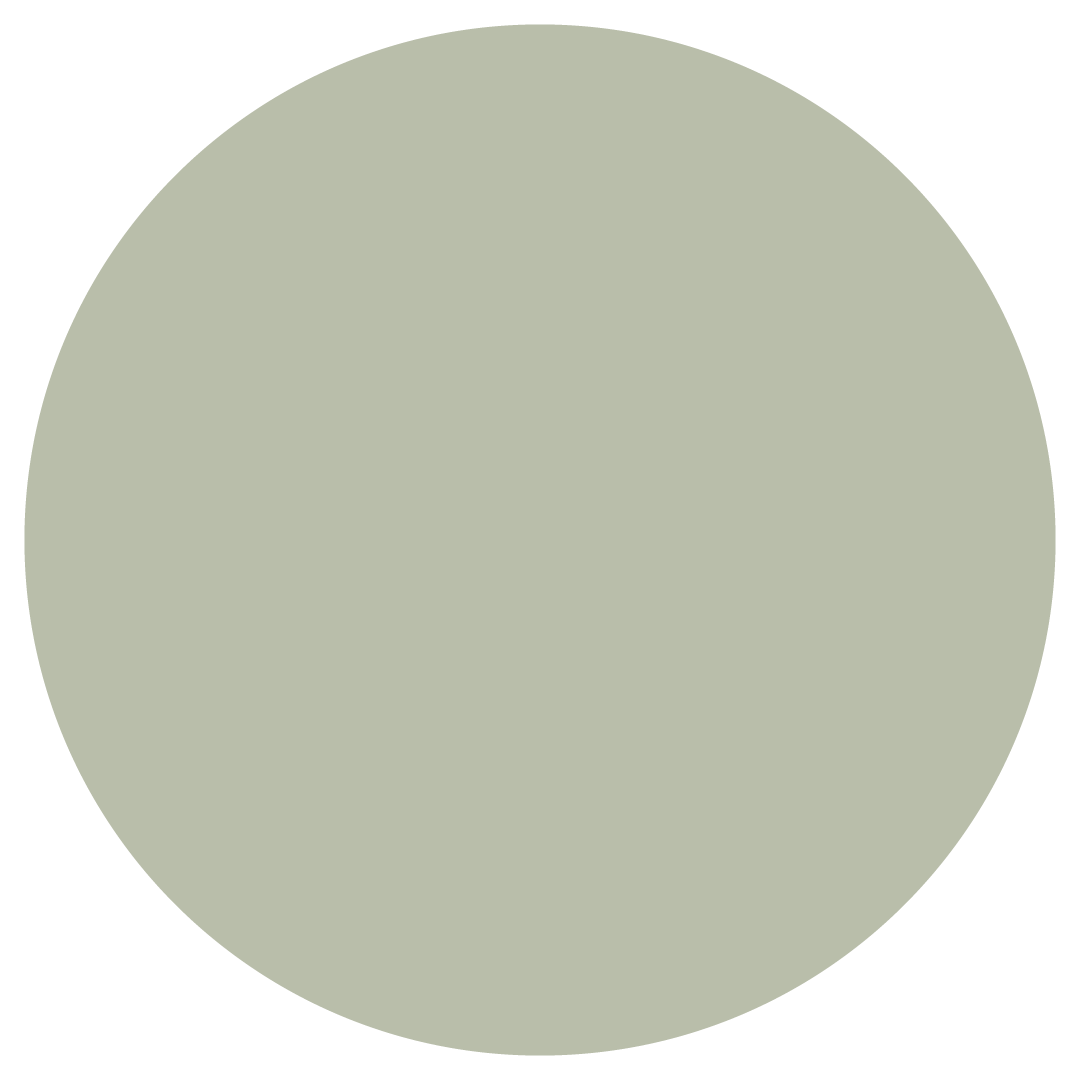

Farrow & Ball “Pigeon”
“Pigeon is one of my favourites as its versatile and sophisticated mix of green, grey and blue hues pairs perfectly with a variety of colours and materials.”–Mary Gordon


Benjamin Moore “Essex Green”
“This sophisticated green exudes both luxury and serenity. Its deep, almost black-green hue is perfect for creating an impactful yet timeless look. It suits both modern and traditional kitchens and can be combined with a range of materials and finishes.”–Michael Wynn
This article appears in the July 2024 issue of The Washingtonian.


